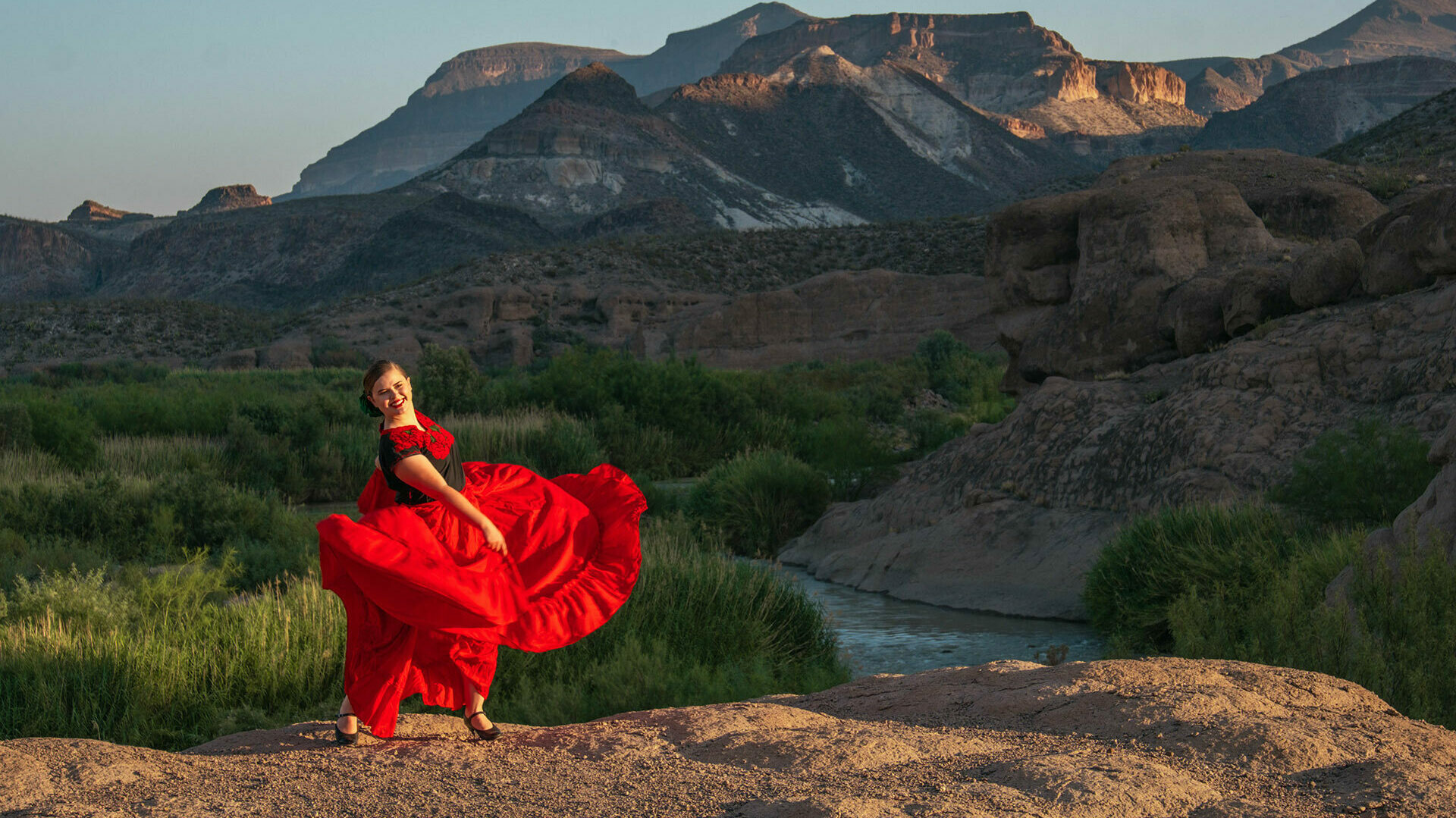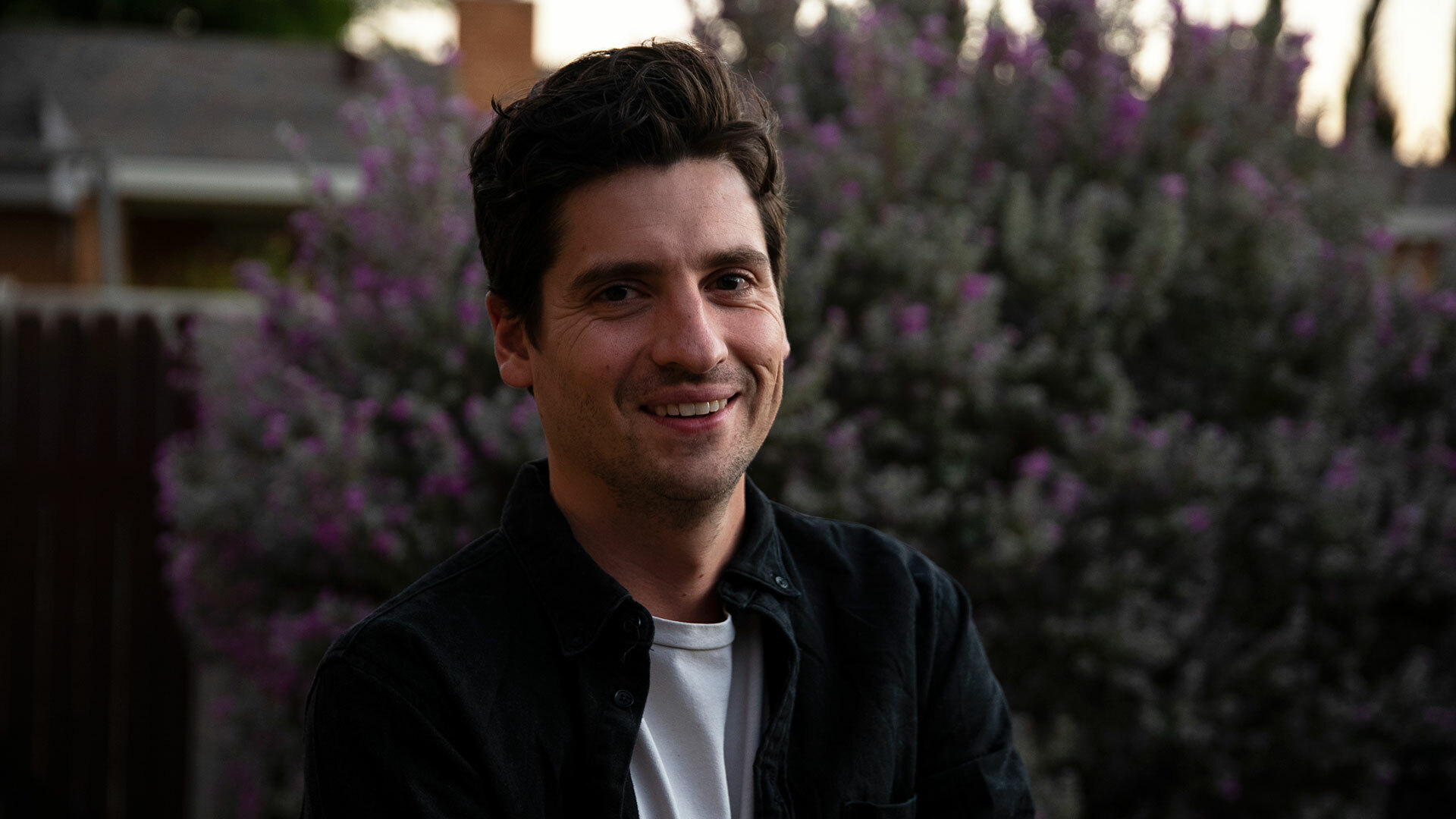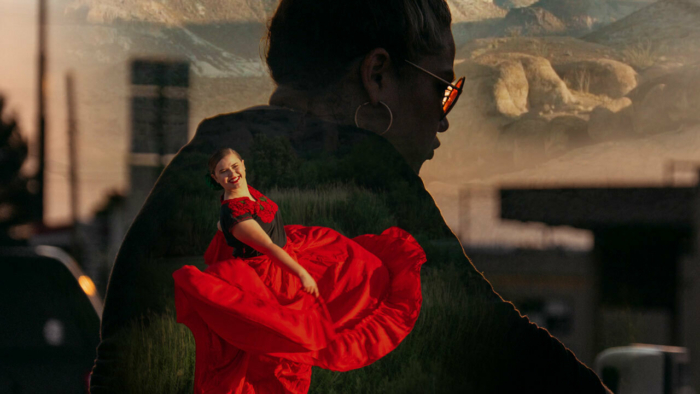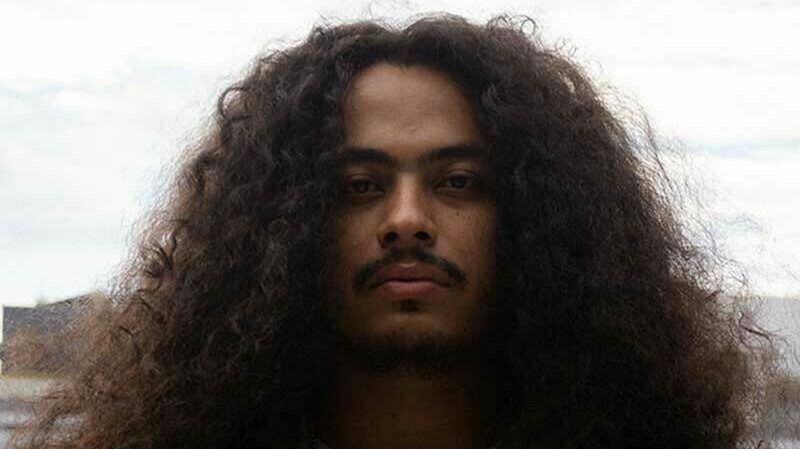Alejandra Vasquez and Sam Osborn on the Artificial Construct of the Border and the Borderlands Culture in 'Folk Frontera'

Alejandra Vasquez and Sam Osborn’s "Folk Frontera" is a border-set tale, expertly portraying the beauty and heartbreak that comes with living on the U.S.-Mexico border. Connecting two strangers through their love of music, this short film highlights the uncertainty the inhabitants of the border must dance with in their daily lives.
I talked with Alejandra and Sam about their film journeys and how this film came to be.
Ivonne Spinoza: How was the process of deciding what this short film would be about? What do you feel your approach to this topic brings to the conversation?
Alejandra Vasquez & Sam Osborn: The seed of the film came from all of the absurd stories that emerged from the borderlands, particularly in regards to how migrants, native and indigenous people, and locals, in general, are handled with a different set of laws than the rest of the country. You get close enough to the border and you enter a kind of extrajudicial zone where another set of rules exist. It’s neither U.S. nor Mexico and is instead a separate space entirely.
This liminal zone has its own history, laws, culture, and music. And we thought that magical realism, with its tradition in Latin American artwork, would be a great lens through which to approach these stories.
Ivonne: I think the film does a great job of capturing that border feeling of being very close and very far away at the same time. How did you find and choose the people you feature in the short?
Alejandra & Sam: The initial idea was to follow a remote postman through the Big Bend as he delivers the mail and does all the extracurricular duties that remote mailmen do in these areas, like picking up prescriptions, helping with money orders, groceries, etc. His postal route would be the connecting thread to tell the stories of the people in this region of the borderlands.
But the USPS put the kibosh on the idea once Louis DeJoy took charge of the organization. So we basically had some grant money from ITVS and a summer set aside to film in the Big Bend, but no main character. Rather than scrap the project, we decided to meet as many people as we could in the region and piece together the film that way.
We probably filmed with twice as many people than are actually featured in the film, and it wasn’t until we started editing that we realized that Gabriela and Molly’s stories compellingly complemented each other. They were both dealing with this tension of leading lives as native fronterizas, and being separated from their families and worlds by a massively Byzantine immigration system.

Ivonne: Was the remote location a big challenge while making "Folk Frontera"?
Alejandra & Sam: Far West Texas is the most remote area in the contiguous United States, so we spent an obscene amount of time traveling between characters. The number of miles we put on the production vehicle was staggering. The remoteness also meant that cell phone service was spotty, and since a lot of folks don’t use email, we were often leaving notes for potential characters in mailboxes, knocking on doors, and asking around small towns in search of certain people.
It was old-school reporting, but it meant that we were often 200 miles from home without a character to film with. That’s also why we began approaching the landscape as a character in itself because it was always available to us.
Ivonne: “A criminal until proven otherwise” is a harsh statement made in the film, but it feels very in line with the United States’ general approach to immigration matters. What do you feel is the biggest misconception people have about immigration and the reality of the border?
Alejandra & Sam: We learned that the immigration system, as it’s been set up by our government, isn’t supposed to work properly. It shares some similarities with our tax code, where the towering complexity of it is meant to intimidate and obscure. It’s overburdened by design. The chaos of the border benefits too many people for it to be fixed. There is a system that could be found, in which people are treated equitably and efficiently, with due process of law, with respect, and which would actually benefit the economy greatly—but it would mean not demonizing brown people, not exploiting them for political and economic benefit.

Ivonne: What is a unique thing about border living that most people probably wouldn’t get?
Alejandra & Sam: We don’t think people understand how the border is a completely artificial construct. It really didn’t exist as a militarized, contested line in the dirt until 9/11. That development is what foments violence. Cultures have made this region their home for many centuries, and they still do.
People would be surprised at how little the border has to do with borderlands culture. It’s a world unto itself with its own music, food, dances, everything. Many people living along the border take pride in living between these two countries.
Ivonne: What part does music play in showcasing this duality of the border region and how did you choose to make it a protagonist?
Alejandra & Sam: Part of it is that the music itself doesn't care that a border exists. A song you hear in Ojinaga, Mexico, is the same song you hear in Terlingua, Texas. The music and dances can cross the border freely but the people can't.
Ivonne: "Folk Frontera" talks about the need for change, specifically a change of mentality. When people see this short, what is the main thing you hope they take away from it?
Alejandra & Sam: We want people’s conception of the borderlands to include the vibrance, music, and beauty that we see there. But also we wanted to portray the effects of an immigration system that turns away its own citizens, which makes it more viable to lead life in a foreign country than attempt to navigate life in the U.S.
Folk Frontera

About the Author
More like this
Visit the Behind The Lens Blog


